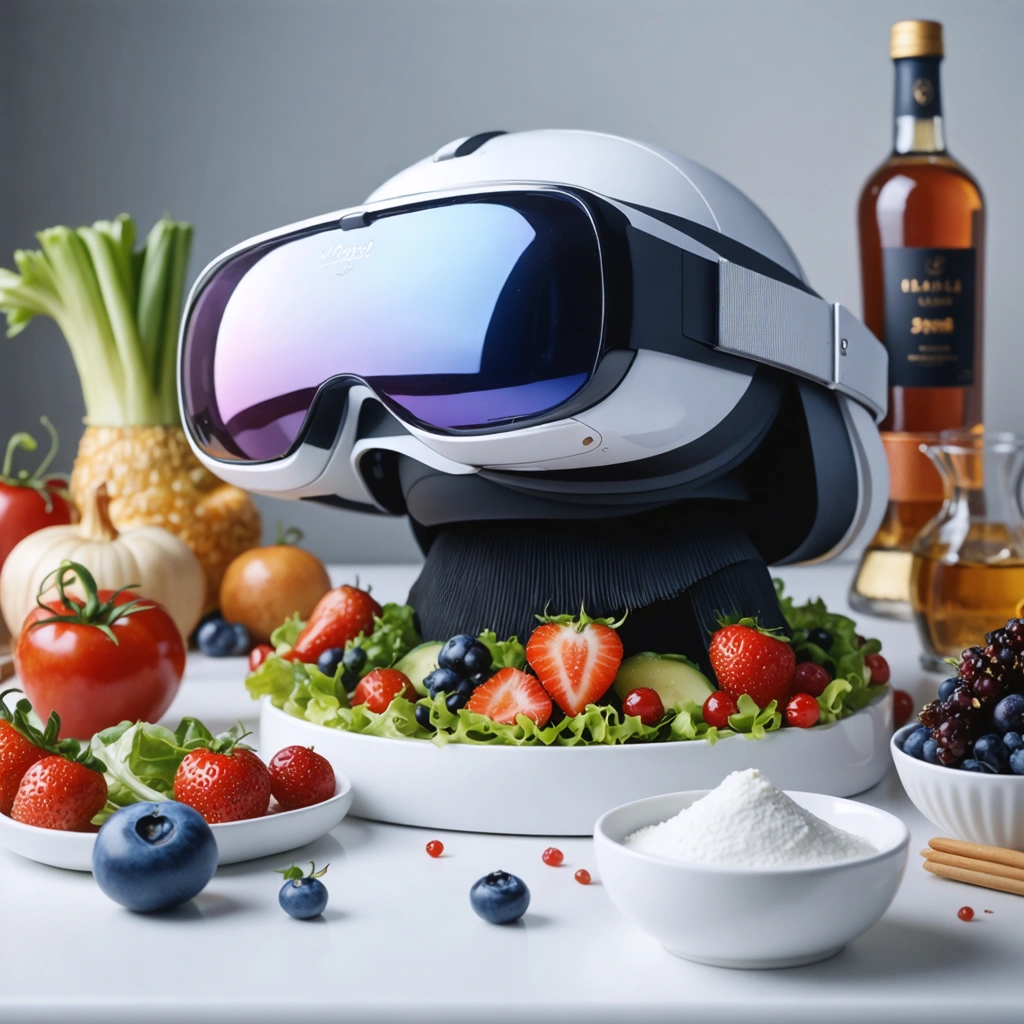
Introduction
In recent years, the world of technology has seen an unprecedented growth in the realm of virtual reality (VR). This growth extends beyond the arenas of gaming and entertainment, reaching into various facets of everyday life, offering immersive experiences like never before. One such fascinating development is the incorporation of the sense of taste into VR technology. Imagine tasting a decadically delicious cake without actually consuming any calories – this is the future that this novel technology promises.
Tactile and Gastronomic VR: A Revolutionary Approach
Gastronomic VR aims to create an immersive eating experience, incorporating the sense of taste into the virtual space. This is achieved through the use of a new device that stimulates the users’ taste buds, allowing them to virtually taste the food.
How Does it Work?
The technology uses a combination of thermal, electric, and ultrasonic signals to stimulate the taste buds, simulating the sensation of different tastes. The device does not introduce any actual food into the user’s mouth; rather, it fools the brain into perceiving the taste of a particular food item.
The Implications
The implications of this technology are far-reaching, from helping people with dietary restrictions to enjoy forbidden foods, to enabling chefs and food companies to test and refine recipes in a virtual space. It can also revolutionize the way we experience cooking shows, food documentaries, and even virtual travel experiences.
The Future of Gastronomic VR
As exciting as the current developments are, we’re just scratching the surface of what’s possible when we combine gastronomy and VR.
The Potential for a Healthier Future
Imagine a future where you can enjoy the taste of a rich, decadent chocolate cake without any of the associated guilt or health risks. This is the potential of gastronomic VR – a future where we can enjoy our favorite foods without any of the negative consequences.
Virtual Reality Cooking Classes
Gastronomic VR could also redefine the way we learn to cook. Virtual cooking classes could allow students to taste their creations in real-time, getting immediate feedback on their culinary skills.
Conclusion
The intersection of gastronomy and VR is a promising field with the potential to revolutionize our relationship with food. As the technology matures, we are likely to see more innovative applications, transforming our culinary experiences in ways we can only imagine. For more on the subject, see here: source: New device could allow you to taste a cake in virtual reality




